The U.S. Navy’s Tomahawk cruise missile would put Moscow well within target range if President Donald Trump were to fulfill Ukrainian President Volodymyr Zelenskyy’s request.
The Tomahawk has long been one of the most recognizable weapons in America’s arsenal. At $2 million per missile and $6 million per launcher, it can strike up to 1,500 miles into enemy territory.
If the United States were to authorize Ukraine to use it, it would mark a dramatic escalation in both capability and psychology. For the first time, Russian forces and strategic sites far beyond the front lines — including inside Russian territory — would fall within reach of a Western-supplied, precision long-range weapon that Moscow has no reliable defense against.
Unlike the shorter-range Storm Shadow or ATACMS systems already used by Kyiv, the Tomahawk would give Ukraine the ability to strike targets hundreds of miles inside Russia — air bases, ammunition depots, logistics hubs, and naval assets supporting the war in Ukraine. That reach would instantly change the strategic balance.
TRUMP MULLS TOMAHAWK DELIVERIES TO UKRAINE IF RUSSIA KEEPS WAR GOING
Critically, it would give Ukraine the ability to hit at Russia's energy industry, which, through exports to nations like China, Iran and India, funds the war effort.
Ukraine has used ATACMS systems to strike behind enemy lines in Russian-occupied Ukraine and near Russia’s borders — helicopter shelters, ammunition depots, and runways. But even as missiles regularly rain down on Kyiv, its defense forces have not been able to respond in kind to Moscow, leaving the Kremlin hub unscathed and largely secure after three-and-a-half years of war.
Recently, Ukraine used U.K.-made Storm Shadow missiles to strike a gun depot in Russia. The U.S. supplies targeting data for the Storm Shadow, and the Wall Street Journal reported that the Trump administration had lifted a ban on using the missiles to strike inside Russia.
"Transferring Tomahawks to Ukraine would mark a major inflection point for Western support of Ukraine," Hudson Institute defense analyst Can Kasapoglu wrote in a recent essay. "The Tomahawk is one of the most effective missiles in the arsenals of North Atlantic Treaty Organization (NATO) nations."
Kasapoglu noted that the Tomahawk’s strategic appeal "lies less in its raw explosive yield and more in its precision."
For Moscow, the implications would be profound. Russia’s military doctrine has long depended on the assumption that its homeland infrastructure — especially command and logistics networks — would remain beyond direct threat from Western-supplied weapons. The introduction of Tomahawks into Ukrainian hands would destroy that assumption overnight.
The missile’s ability to fly low and evade radar would make it extremely difficult for Russian defenses to stop. Even advanced systems like the S-400 or S-500, already stretched across multiple fronts, could not guarantee interception. Each missile launched would carry not only destructive power but psychological weight — forcing Russia to divert resources away from its offensive operations in Ukraine to protect bases hundreds of miles away.
REBECCA GRANT: HOW TOMAHAWKS WORK AND HOW THEY COULD CHANGE EVERYTHING FOR UKRAINE
"Such a move would inevitably free up airspace for the Ukrainian Air Force’s growing fleet of F-16 aircraft and Western-supplied ground-attack smart munitions," Kasapoglu wrote.
It would also inject uncertainty into Russian planning. Commanders would have to assume that every major staging area — from Belgorod to the Black Sea Fleet in Sevastopol — could be targeted. That uncertainty erodes confidence, slows operations, and imposes constant strain on air defense assets.
Trump explained on Wednesday why he did not provide Tomahawks to Ukraine despite speculation that he would do so.
"There is a tremendous learning curve with the Tomahawk. It's a very powerful weapon, very accurate weapon," Trump said Wednesday. "And maybe that's what makes it so complex. But it will take a year. It takes a year of intense training to learn how to use it, and we know how to use it. And we're not going to be teaching other people. It will be just too far out into the future."
Trump also made clear he believes the U.S. has few to spare.
"We need Tomahawks for the United States of America too. We have a lot of them, but we need them."
The U.S. supply of Tomahawks is classified. But analysts say providing Ukraine with the missiles would weaken preparations for conflict in the Indo-Pacific.
"Tomahawk is one of the few munitions (Patriot is another) that would be useful both in Ukraine and the Western Pacific," an analysis by the Center for Strategic and International Studies (CSIS) said.
The Department of War has already established a review process to ensure that weapons offered to Ukraine do not weaken what it regards as higher priority needs.
"This review process will almost certainly raise objections to this transfer, and presidential intervention may be required," the analysis found.
Over the weekend, Zelenskyy told Axios Ukraine would welcome other long-range missiles as well.
"We speak not only about Tomahawks. The U.S. has a lot of similar things that doesn't require much time for training. I think the way to work with Putin is only through pressure," Zelensky said.
Earlier in the week, he expressed skepticism that Ukraine could win the war.
"They could still win it. I don’t think they will, but they could still win it," Trump told reporters Monday.
Putin’s calculus depends heavily on escalation control — the belief that NATO will stop short of providing weapons capable of directly threatening Russian territory. Tomahawks would shatter that red line. For the Kremlin, it would signal that Washington is prepared to move from containment to punishment — just after Trump triggered sanctions on Russia’s lucrative energy exports.
Putin told journalists this week that if Russia were attacked with Western long-range missiles, the response would be "very serious, if not overwhelming. Let them think about it."
.png)
 2 hours ago
2
2 hours ago
2
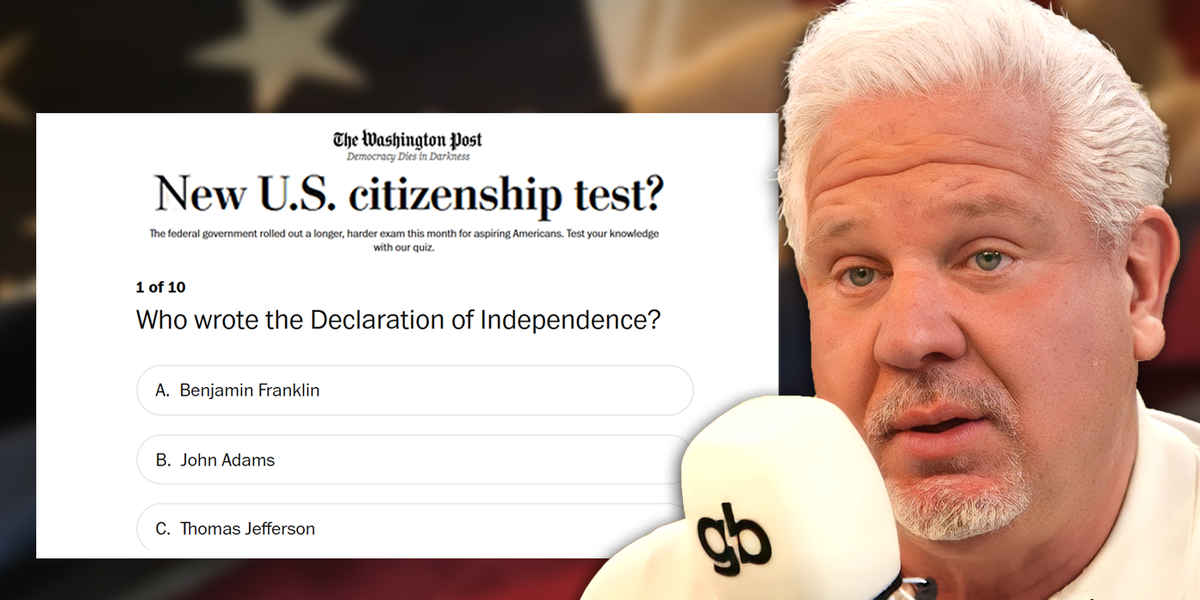


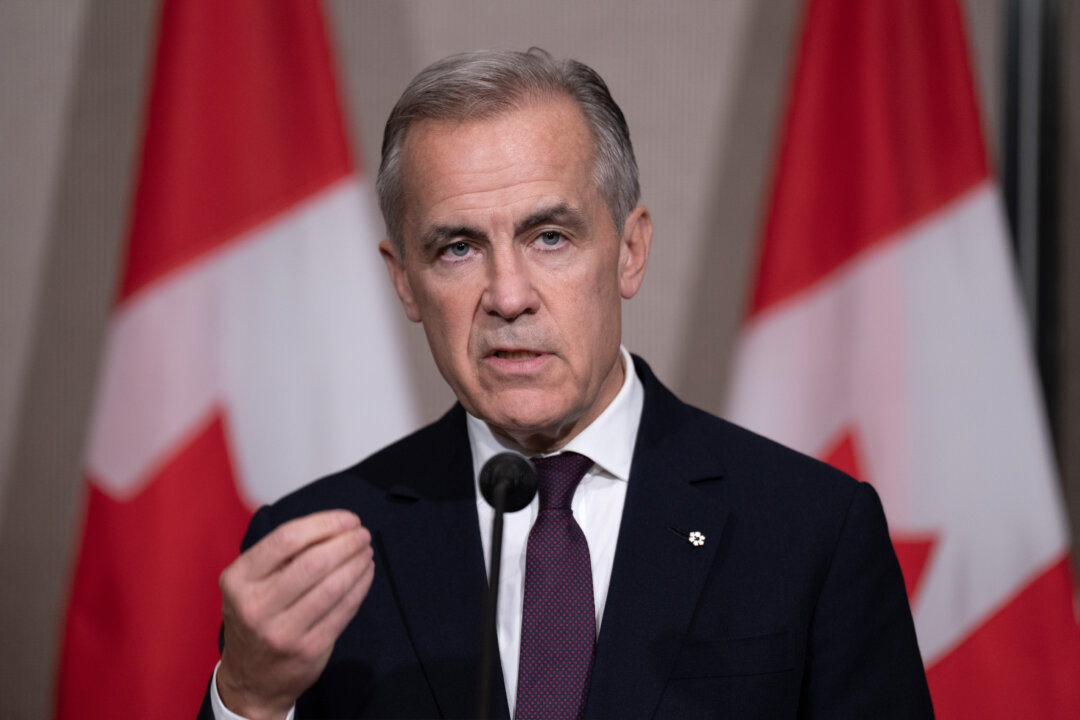

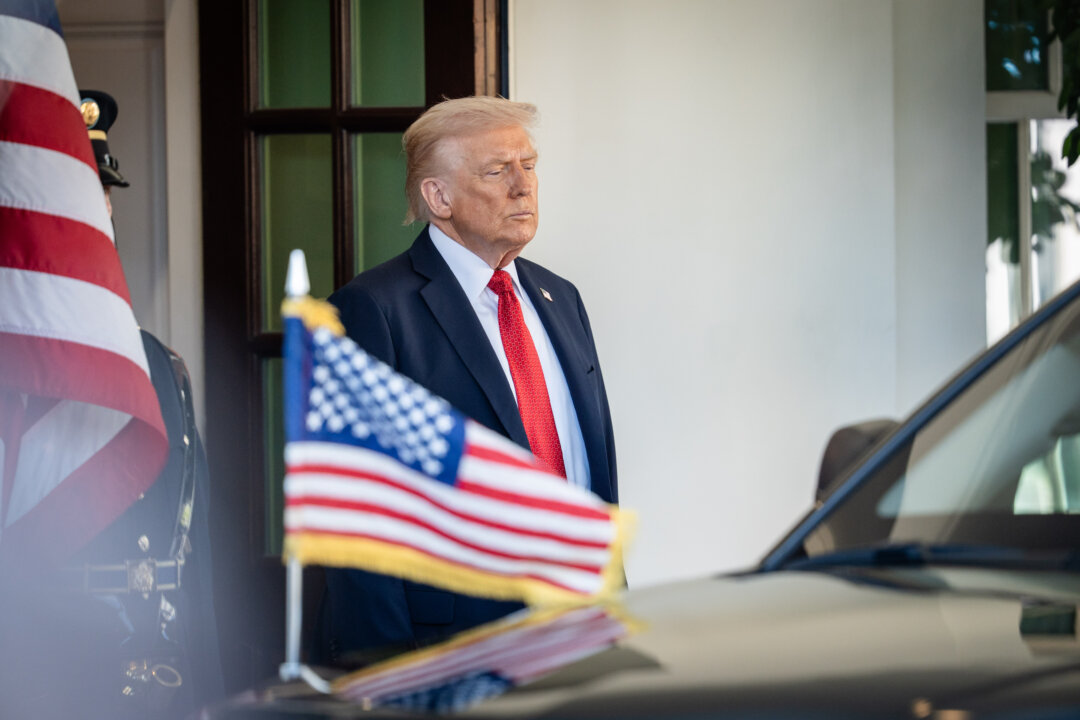






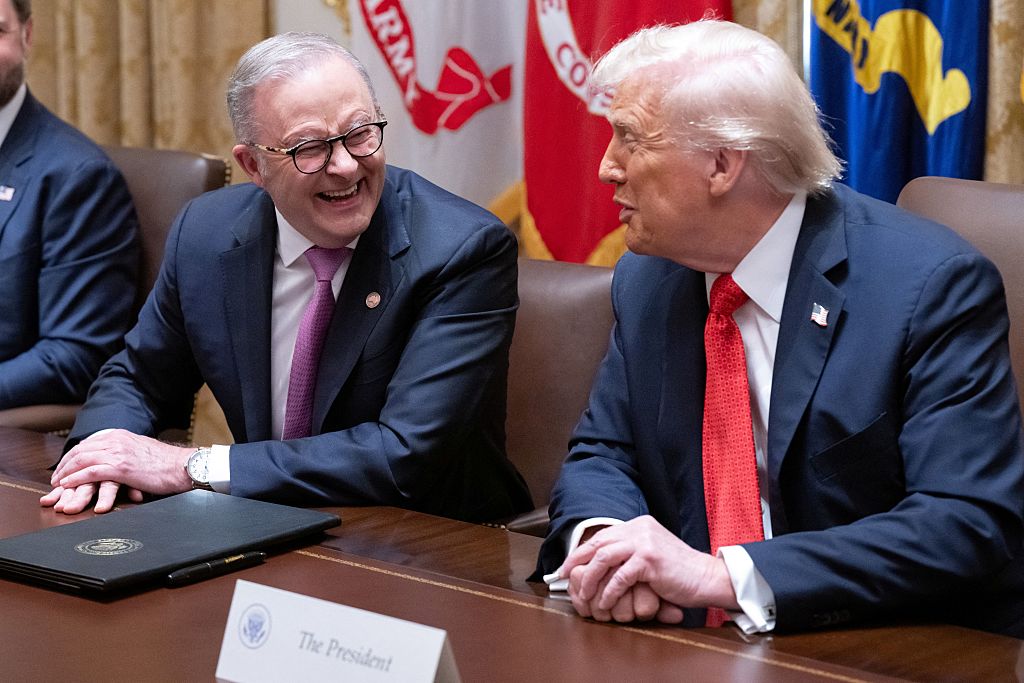
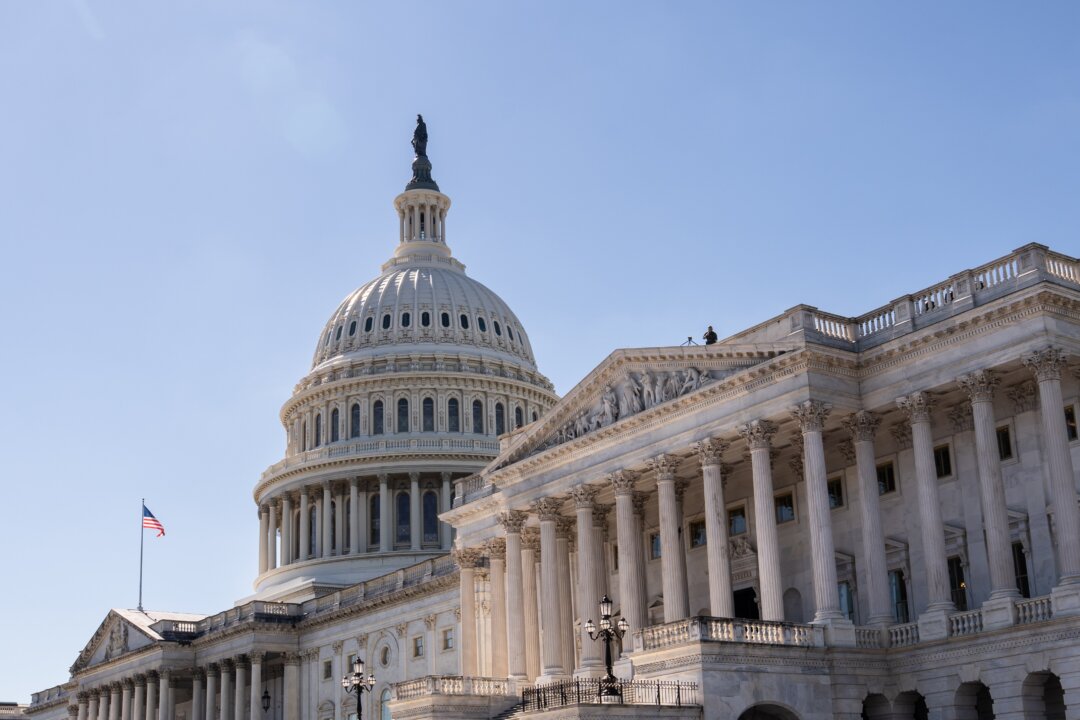

 English (US)
English (US)